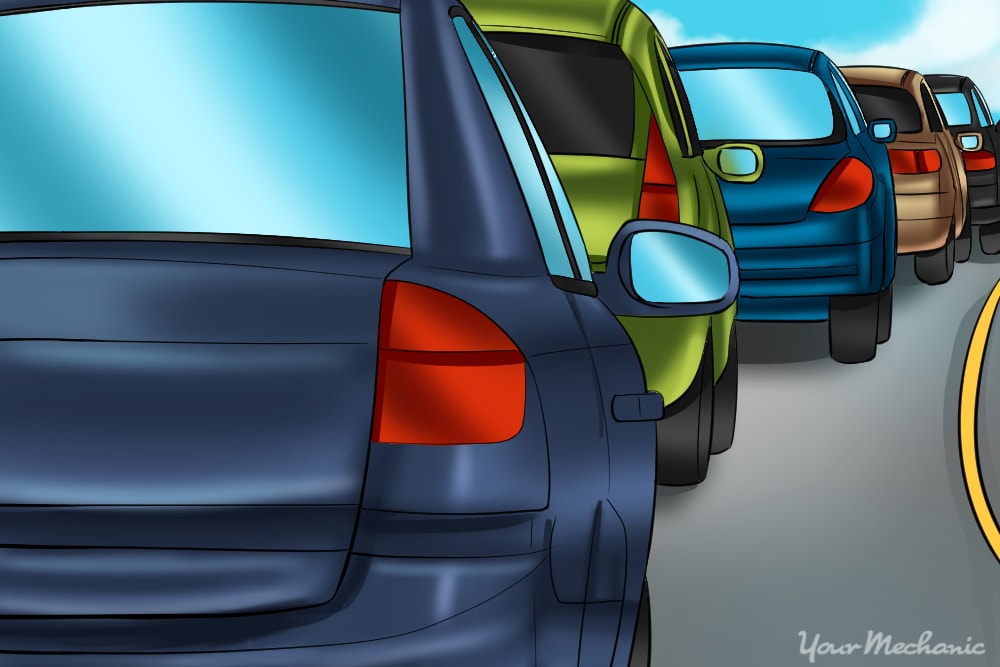

If you’ve ever driven a car in a city, you know the frustration of sitting at a red light for what feels like forever. Surely the light will turn green soon, you think, until you find yourself wondering at what point you should give up and run the red light, or turn the car around.
The reason for this isn’t because you’re impatient. It’s because some lights will really take a longer time than usual, and some lights need to be triggered to turn green, meaning they could stay red all day under the right conditions. Stop lights work in two ways: preset and triggered. Preset lights have a predetermined schedule that they stick to at all times, though this schedule can change depending on the time of day and time of year. Triggered traffic lights use either an inductive loop detector, or a motion sensor camera to detect when a vehicle is waiting at a red light. If no vehicle is there, the light may never change.
Triggered traffic lights can usually be spotted pretty easily. In general, you’ll be able to spot either a camera next to the lights, or markings or grooves on the road (usually a square or a U-shape) right where the car should stop at a red light. If neither the marking nor the camera is noticeable, then the light is almost surely on a set schedule, so your only choice is to be patient.
How to make the traffic light turn green
If you find yourself waiting for a long time at a red light, there’s one main thing that you can do. Make sure that your vehicle is centered in the middle of the lane, and pulled up to the very front of the lane, as this is where the inductive loop detectors are, and what the cameras are pointed towards. Try not to have your car extend into the crosswalk, but rather have it pulled up right to the beginning of the crosswalk. If you notice markings on the road, that’s where the inductive loop detector is, so try and position your vehicle directly above the markings.
How to make the light turn green when you're on a motorcycle
Since motorcycles are smaller than cars, it can be a little bit harder for them to be detected. As such, you want to be extra careful to position your bike in the ideal position. Be sure to look for inductive loop detector markings, and then place your bike directly in the center of the marking. If there are no markings, position your bike right in the center of the lane, and pull it up to the very front.
How to make the light turn green on a bicycle
If you’re trying to get the light to turn green while waiting on a bicycle, simply follow the same directions as if you were on a motorcycle. If the road you’re on features a bike lane, look for inductive loop detector markings there as well, so you know whether you need to venture into the vehicle lane, or if you can stay in the bike lane. If you find yourself waiting for an excessively long time, and you can safely get to the crosswalk, try pressing the button for pedestrians who are looking to cross the street.
Long-lasting red lights can be incredibly frustrating, but they can sometimes be avoided. Follow these steps when applicable, and if the light is predetermined, you can at least be assured that no, the light isn’t broken – it will turn green eventually.



